2 Foals Given a Second Chance at Life Thanks to SRSU Animal Science Research Program
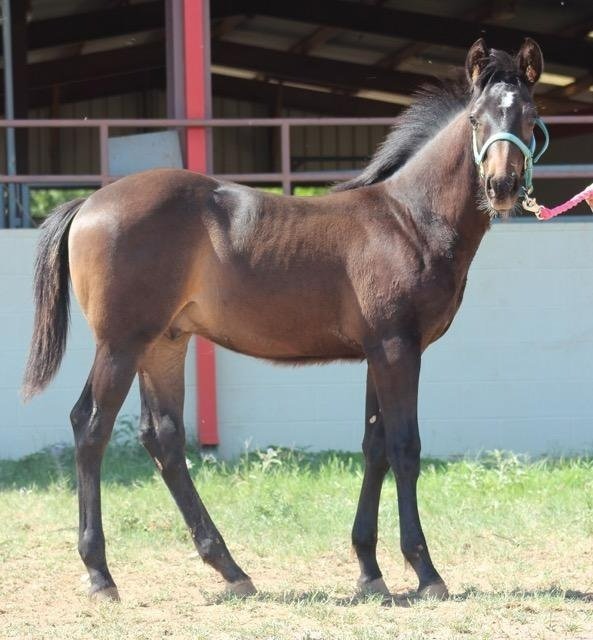
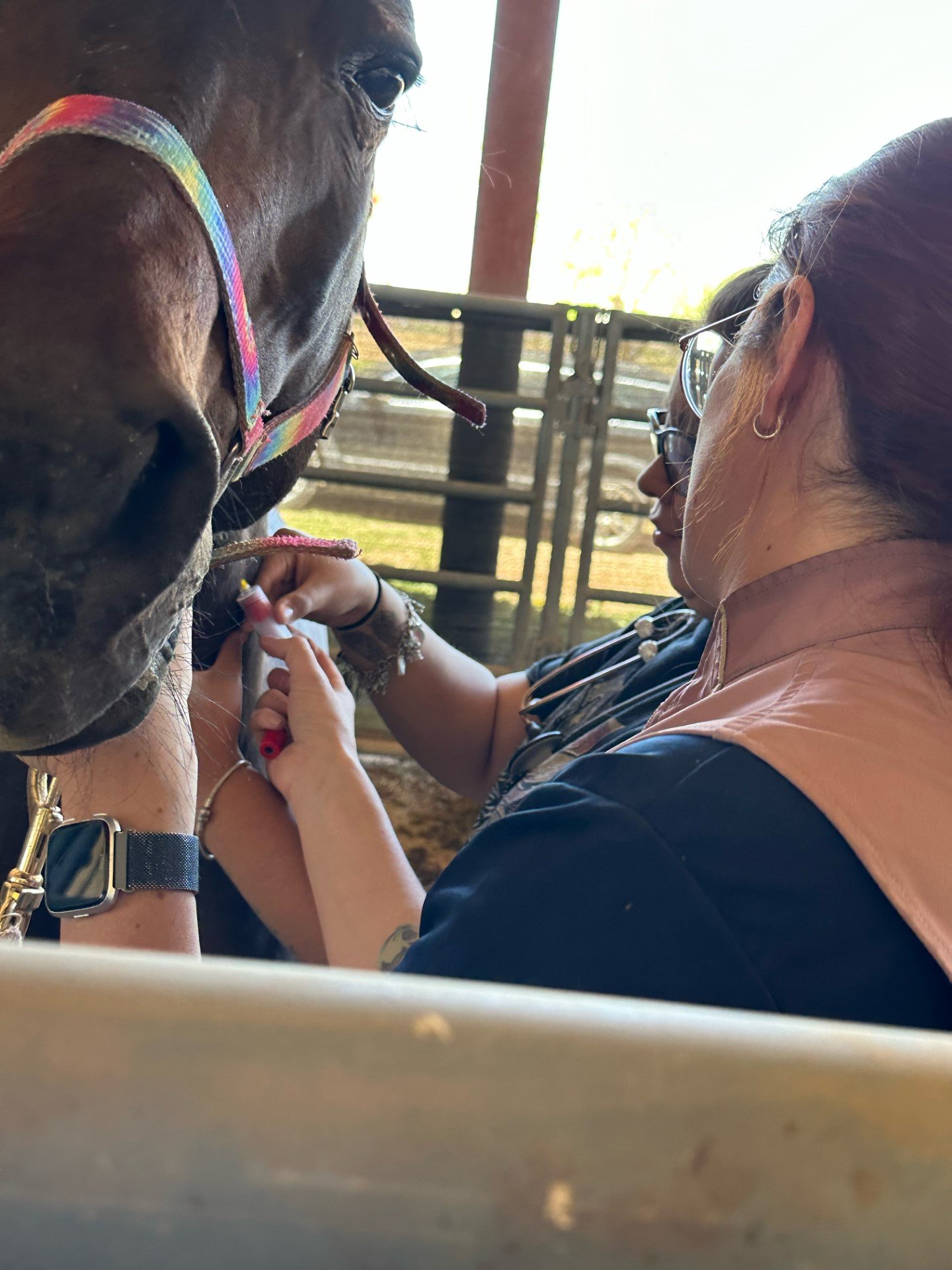
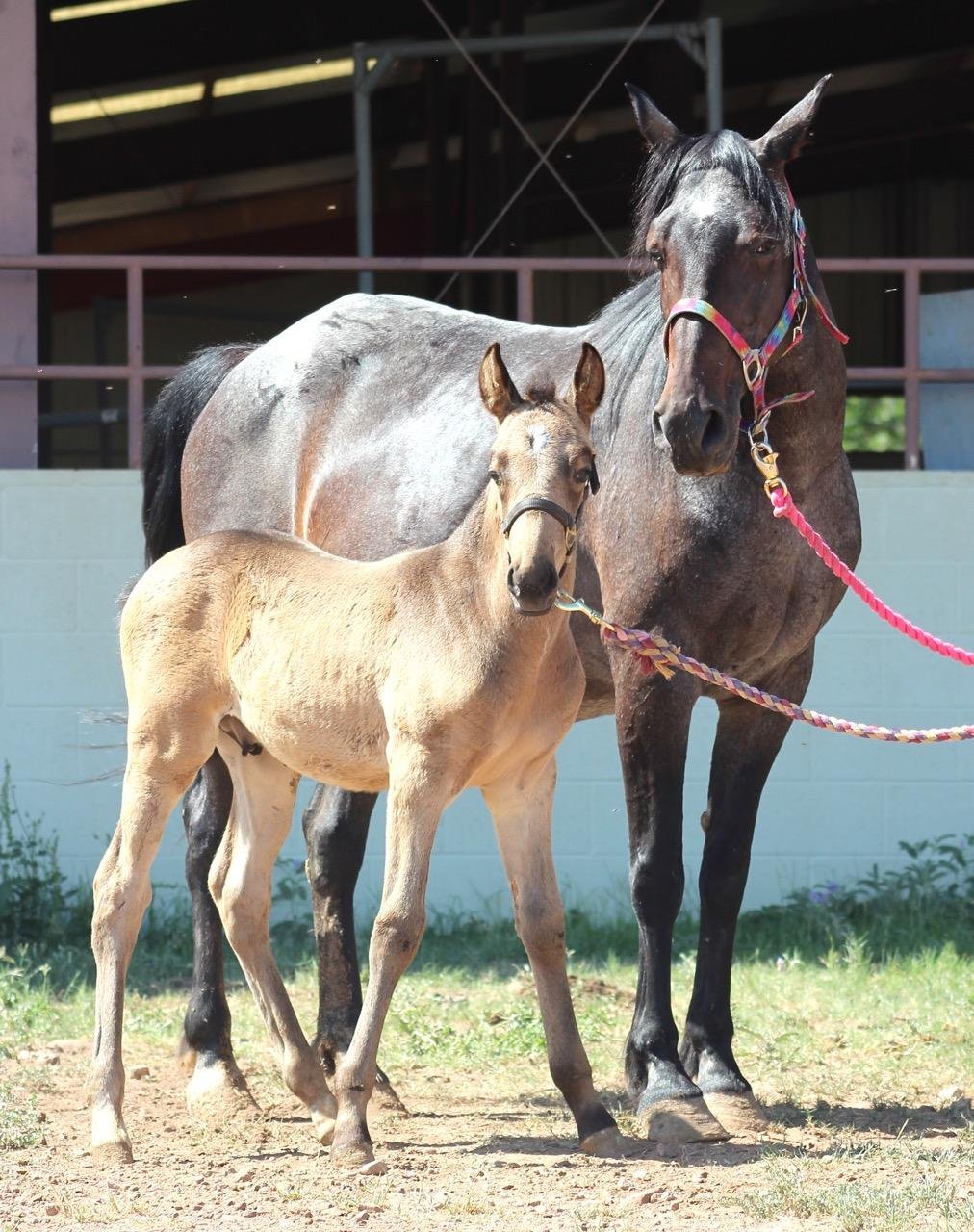
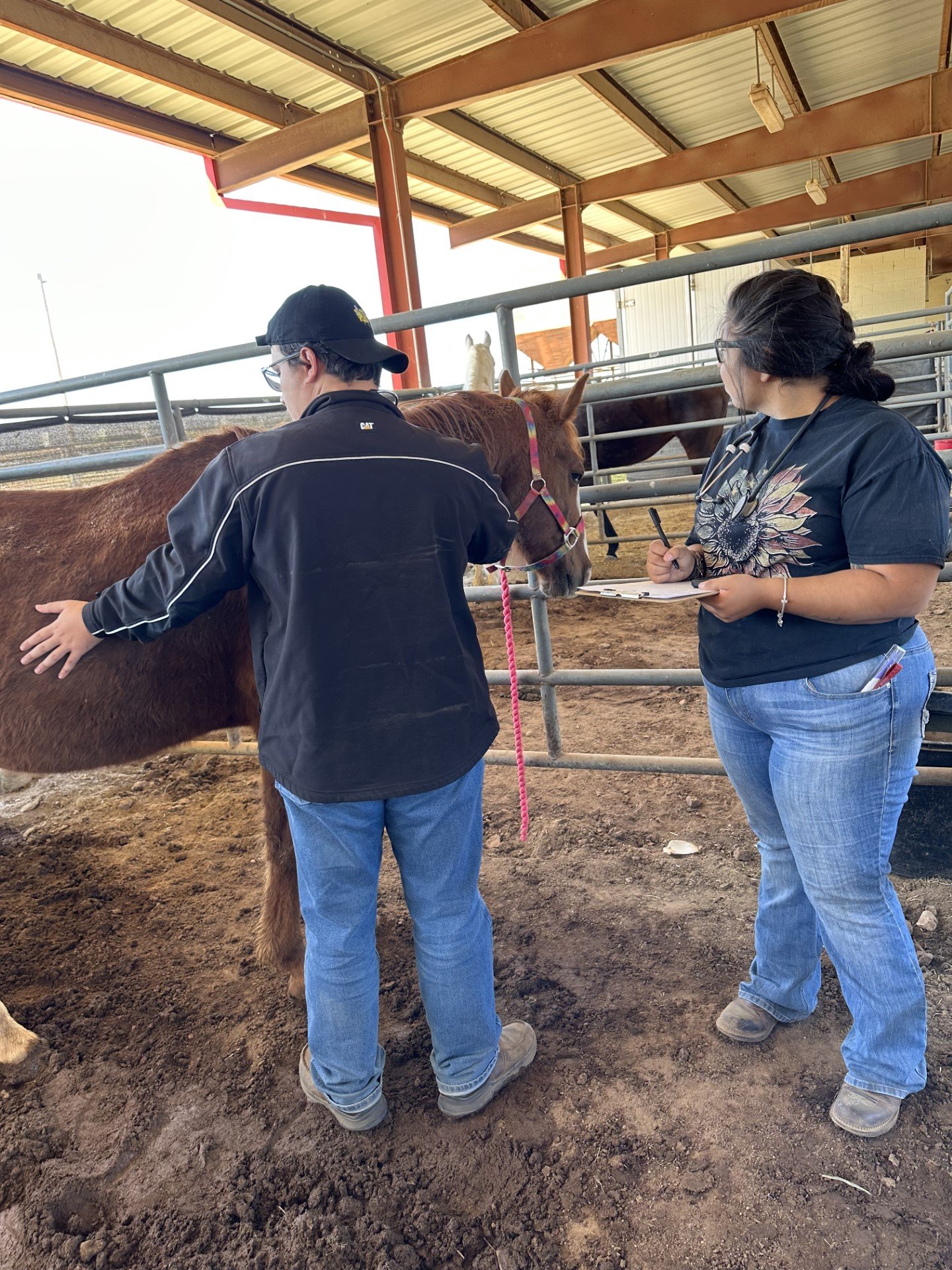
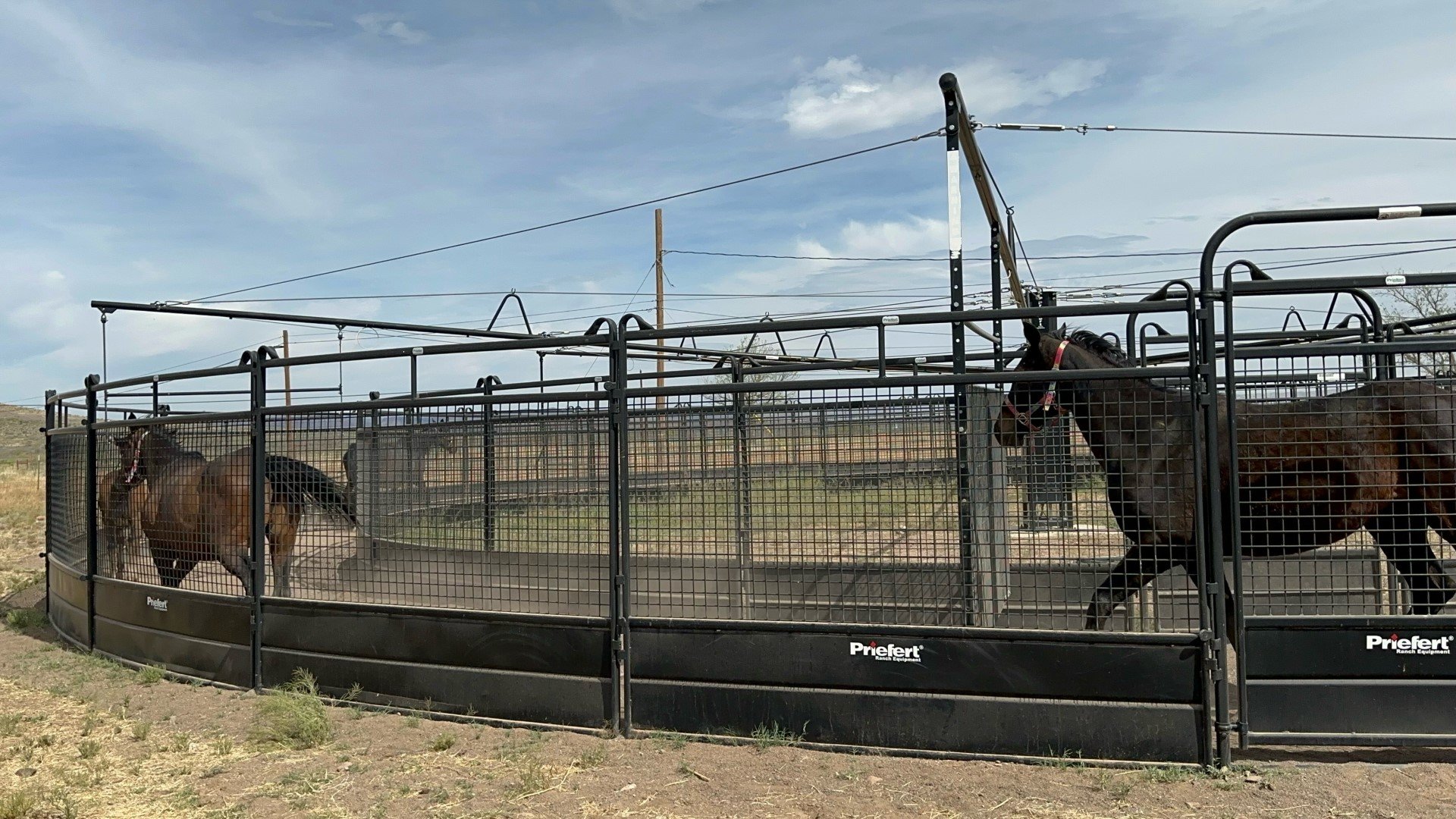

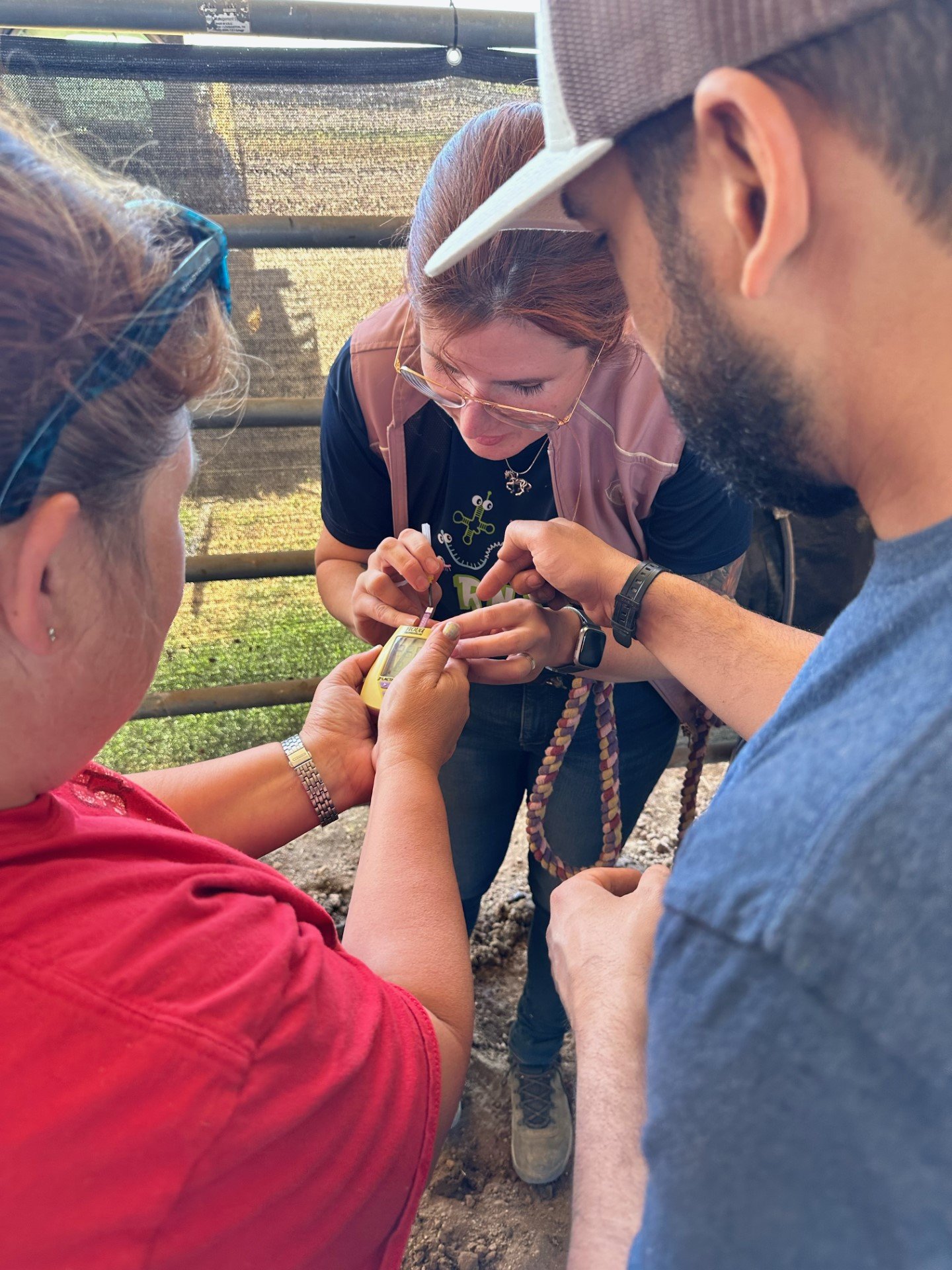
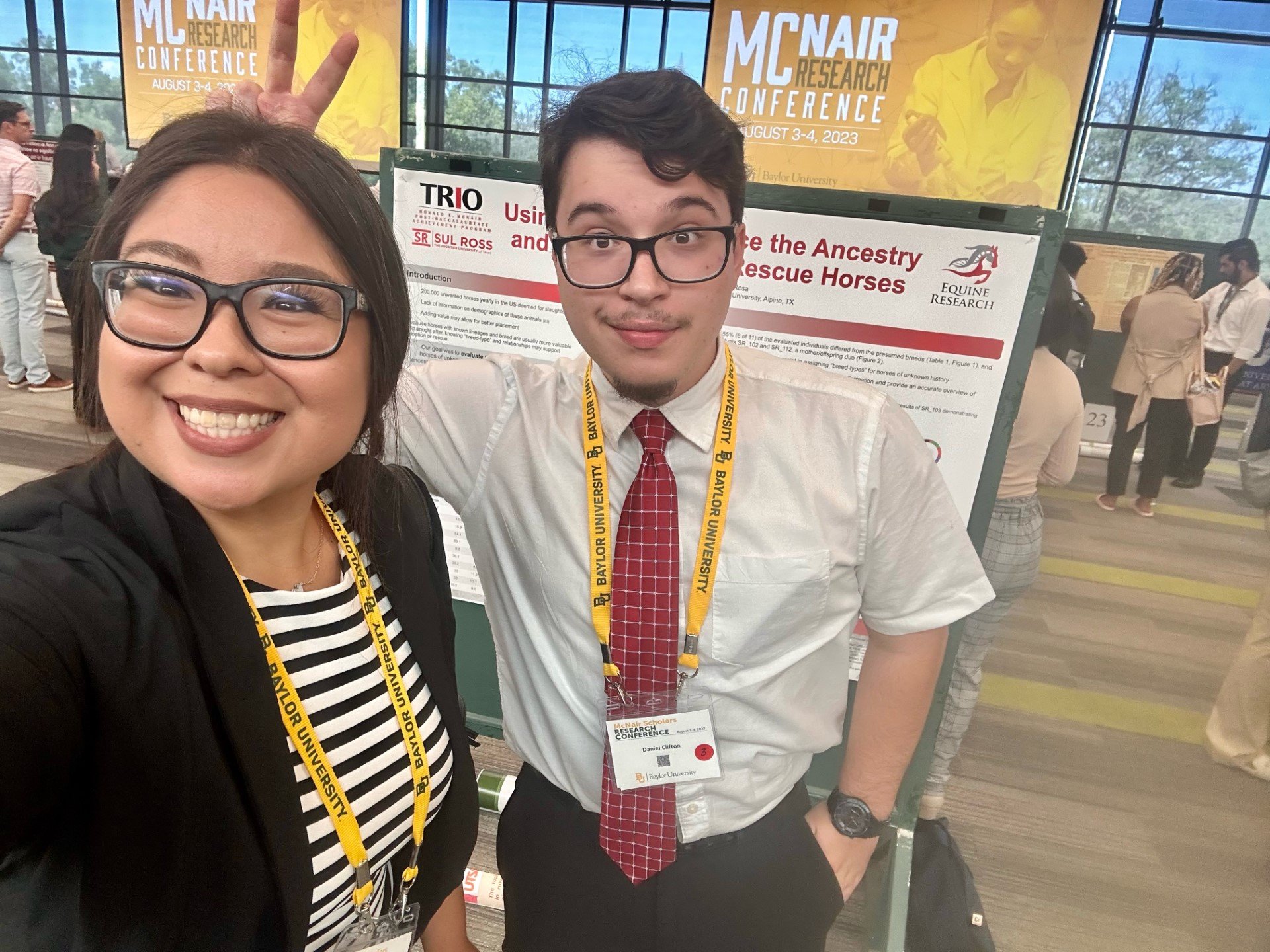
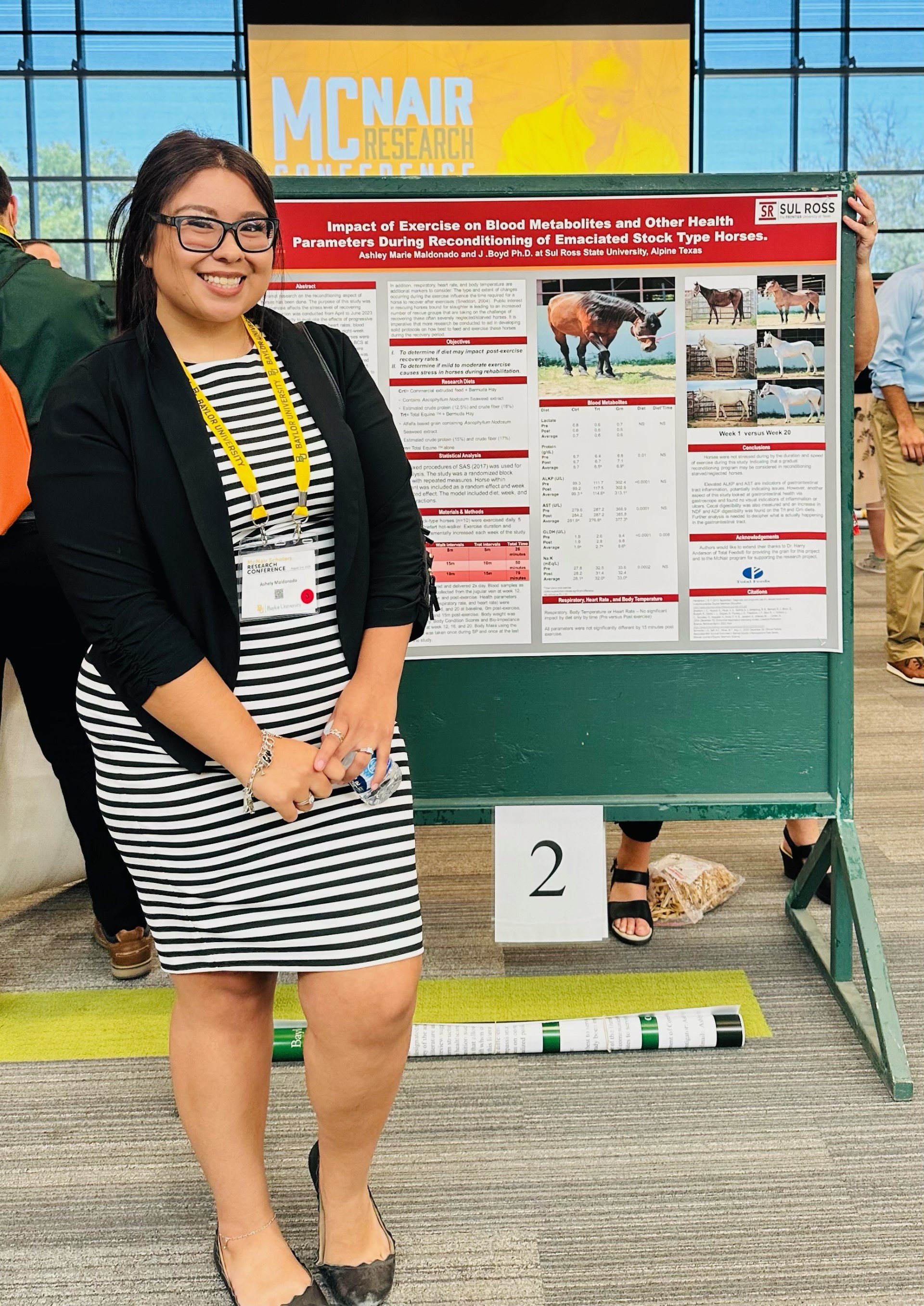
By Brooke Manuel, Skyline Editor
Alpine – The Sul Ross State University Animal Science research program purchased 12 emaciated horses that were headed to the slaughterhouse for use in research projects that were conducted by undergraduate and graduate students. Two out of those 12 horses were pregnant, and they have now given birth to healthy foals.
“They were on a kill list, so their next trailer ride was going to be across the border basically,” Jamie Boyd, Sul Ross’ associate professor of animal science, said.
Since the United States does not have equine slaughter facilities anymore, horses on kill lists are shipped abroad to bordering countries such as Mexico or Canada.
Had these horses not been purchased for the study, the mares would have been slaughtered and the foals would have been lost.
Blue and Cherry, the two pregnant mares, gave birth to Elvis and Lobo Spirit. Elvis was described as having a big personality, and he immediately became a favorite at the Range Animal Science Center.
“He was spoiled rotten by the crew…because he was the only baby at the time. So everybody loved on the baby. Everybody cared for him. Everybody was coming into his stall, and petting him and grooming him,” Dr. Laura Patterson, Sul Ross’ assistant professor of animal science and veterinarian, said.
Baby Elvis was described as funny, quirky and brave, and his favorite thing was his butt scratches.
“If we were walking past the stalls, you would see him come and turn around and just back up onto the fence,” said Dr. Patterson.
The Animal Science research program had two positions open for graduate students to research the rehabilitation and reconditioning of emaciated horses. The two students who were given the positions were Caroline Viana and Ariane Bardassi, both of whom came from Brazil to do the research as part of their graduate thesis. SRSU McNair Scholars Daniel Clifton, Nicolas Hinojosa, Ashley Maldonado, Jacqueline Martinez, Janette Martinez, Nathan Parrinello and Cailey Saenz also participated in the research, all of whom studied different aspects of the recovering horses such as their physiology, genetics, overall health and stress levels. These students worked with Dr Patterson, Professor Boyd, and Professor Hugo da Costa Santos, Sul Ross’ assistant professor of agriculture business, as their mentors.
“Everything that the students have been doing has a common goal, which is to get these horses to the point that they were that we actually were able to rehome them…and to understand how the process of recovery works and how long does it actually take, for example, for a horse to be considered healthy again,” Dr. Patterson said.
Research on refeeding malnourished horses is very limited, and the research that has previously been conducted was only short term.
This study lasted over a period of almost 23 weeks. Once the horses arrived at Sul Ross’ Range Animal Science Center, they were quarantined for two and a half weeks. The rehabilitation and reconditioning phases of the research occurred over a period of 20 weeks.
There were two different groups of horses in the rehabilitation phase of the study. One group was fed a common commercial grain product which was recommended by at least five horse rescues in West Texas (the control diet), and the other was fed a complete diet grain (the treatment diet). One of the purposes of the study was to test how the horses did on the complete diet grain, which was provided to the Sul Ross Animal Science research program for the study.
“Most of the time when you change the diet, be it on a horse or a dog, you do not want to do it very rapidly. You usually need an adjustment period. It’s like if you were a vegetarian for twenty years and then all of a sudden, you decided ‘Oh, I’m going to go eat a big steak today.’ Let’s just say your stomach would not be happy…One of the aspects of this grain [complete diet grain] we were testing is there is no adjustment period, and you don’t have any side effects,” Boyd said.
According to Boyd, the horses on the complete diet grain “did immensely better than the horses that were on the very popular product that we were comparing to.”
Before the rehabilitation phase began, the horses were malnourished, boney, devoid of muscle, and in Dr. Patterson’s words, “a skeletal version of a horse.”
Out of the 12 horses that were rescued, ten survived the study. One of the horses died before the study even began, only a few days after getting to the Range Animal Science Center, and the other died a few weeks into the first part of the rehabilitation phase.
The horse that died before the study began was just too stressed, and there was nothing that could have been done for her, Boyd said. Being moved through various auctioning facilities and then having to endure the 10-hour long trailer ride to Alpine was too much for her. The other horse died due to liver damage and organ failure.
In comparison to the 20% loss rate of similar studies, this study’s loss rate was only 9%. The horse that died before the study began was not taken into account when formulating the loss rate.
After the rehabilitation phase was over, the reconditioning phase began, at which time exercise was reintroduced into the horses’ daily routine.
McNair Scholar Ashley Maldonado’s research, which primarily focused on the impact that exercise had on the recovering horses’ stress, began in the reconditioning phase. With the guidance of her mentor, Professor Boyd, she wanted to determine whether mild to moderate exercise causes stress in horses during rehabilitation and if diet impacts post-exercise recovery rates.
Maldonado credited Ivy Adamson, Daniel Clifton and Nathan Parrinello for helping her during the study.
To determine if exercise had an impact on the horses’ stress, Maldonado measured their health parameters and blood lactate before and after exercise. Blood lactate is a factor used to measure stress.
According to Maldonado, the horses’ blood lactate levels and recovery times determined that they “were not stressed at all.”
Some of the horses even wanted to go faster in the hotwalker when being exercised.
McNair Scholar Daniel Clifton looked at the genetics of the rescued horses. Clifton and his mentor, Dr. Patterson, took hair root samples from the horses’ tails, and before sending them off for genetic testing, they presumed breeds for each horse.
Clifton said they performed genetic testing to determine their breed and enhance their chances for adoption.
“Each of these horses looked like they should have been a certain breed, and of course, when we got the data back, half of them were not. They were something completely different than the assumed breed,” Clifton said.
All of the horses were adopted after the study. Elvis and Lobo Spirit, the foals, were adopted with their mothers Blue and Cherry respectively.
